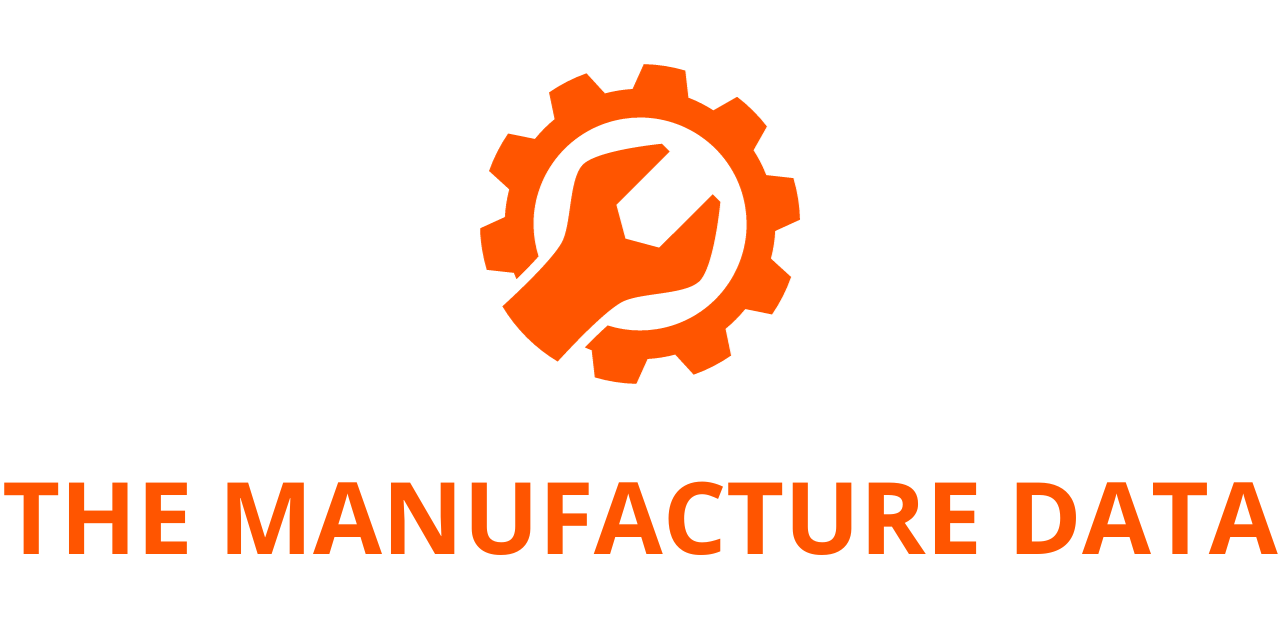
Ultium Cells to Upgrade Tennessee Plant to Accelerate Low-Cost EV Battery Production in the U.S.
Ultium Cells LLC, the high-profile joint venture between General Motors (GM) and LG Energy Solution (LGES), has announced plans to significantly upgrade its battery cell manufacturing facility in Spring Hill, Tennessee. The upgrade is aimed at supporting large-scale production of lower-cost lithium iron phosphate (LFP) battery cells—a strategic move intended to enhance affordability, innovation, and capacity in the electric vehicle (EV) sector.
This new initiative builds on the initial $2.3 billion investment in the Spring Hill facility, originally announced in 2021. Ultium Cells is now doubling down on its commitment to domestic EV battery manufacturing by converting several of the facility’s battery cell lines to produce LFP cells. According to the company, the conversion process is scheduled to begin later in 2025, with commercial-scale production expected to commence by the end of 2027.
Strategic Shift Toward LFP Battery Chemistry
Lithium iron phosphate batteries are increasingly recognized for their safety, longer life cycles, and lower production costs compared to high-nickel chemistries. Although they typically offer slightly less energy density, LFP batteries are well-suited for a wide range of EV applications, particularly in the affordable and high-volume segments of the market.
“At GM, we’re innovating battery technology to deliver the best mix of range, performance, and affordability to our EV customers,” said Kurt Kelty, Vice President of Batteries, Propulsion, and Sustainability at General Motors. “This upgrade at Spring Hill will enable us to scale production of lower-cost LFP cell technologies in the U.S., complementing our high-nickel and future lithium manganese-rich solutions. It’s a major step toward further diversifying our growing EV portfolio.”
GM’s Ultium EV platform has been purposefully designed to support a variety of battery cell chemistries and form factors. This modularity allows GM to tailor its battery offerings to different vehicle types and customer needs without the need for significant reengineering. By incorporating LFP cells into this ecosystem, the company expects to broaden its reach into cost-sensitive EV markets while maintaining high performance across its lineup.
Strengthening the GM-LGES Partnership
Wonjoon Suh, Executive Vice President and Head of the Advanced Automotive Battery Division at LG Energy Solution, emphasized the importance of innovation and cooperation between the two partners. “The upgrade reflects the continued strength of our partnership with General Motors and our shared commitment to advancing EV battery innovation,” Suh said. “We will bring our extensive experience and expertise in U.S. manufacturing to the joint venture facility, further accelerating our efforts to deliver new chemistries and form factors that effectively capture unmet needs in the EV market.”
The Spring Hill facility currently employs approximately 1,300 workers. As the plant expands its technical capabilities and production volume, the investment is expected to bolster local job opportunities and regional economic growth. The addition of LFP manufacturing capacity means the site will be equipped to produce a wider range of cell chemistries, improving flexibility and responsiveness to evolving market demands.
Complementing Existing Production in Ohio
While the Spring Hill plant will be focused on LFP cells, the Ultium Cells facility in Warren, Ohio will continue to manufacture cells with nickel cobalt manganese aluminum (NCMA) chemistry. These cells are central to GM’s long-range EV offerings, including several crossover models that boast more than 300 miles of range per charge. By diversifying production capabilities across multiple facilities, GM aims to optimize supply chains and meet a broad spectrum of customer expectations.
The inclusion of LFP chemistry will also play a pivotal role in lowering battery pack costs. GM has stated that battery pack pricing using LFP cells could be significantly reduced compared to current high-nickel alternatives—potentially enabling the company to offer more competitively priced EVs without compromising reliability or safety.
State and Local Support for EV Expansion
The Tennessee Department of Economic and Community Development has welcomed the expansion, noting the strong collaborative history between the state and its private sector partners.
“Ultium Cells’ additional investment and commitment to innovating and enhancing its Spring Hill operations is a testament to the state’s longstanding, cohesive partnerships, which started with General Motors and grew to include LG Energy Solution in 2021,” said Stuart C. McWhorter, commissioner of the department. “We stand ready to continue supporting these companies and their joint venture for years to come.”
Kee Eun, President and CEO of Ultium Cells, echoed the sentiment, expressing gratitude for the local and state support that has enabled the joint venture to thrive and evolve.
“We are grateful for the continued partnership and support we’ve received from the State of Tennessee as we continue to advance our lead in EV battery cell manufacturing,” Eun stated. “This investment expands our capabilities beyond a single battery cell chemistry, allowing us to produce new chemistries alongside our existing cells. Expanding our product portfolio ensures Ultium Cells will remain at the forefront of battery cell innovation and sustain our commitment to be a stable, long-term employer for the communities we serve.”
Driving the Future of EV Battery Technology
With this planned upgrade, Ultium Cells is solidifying its role as a leader in the North American EV battery supply chain. By localizing the production of affordable LFP battery cells and maintaining parallel production of high-performance chemistries, the GM-LGES joint venture is well-positioned to meet the increasingly diverse needs of the EV market. The strategic expansion is not just a technological milestone—it also signals long-term economic investment in American manufacturing, innovation, and sustainability.




